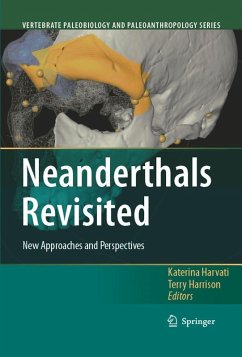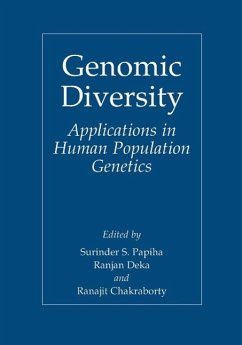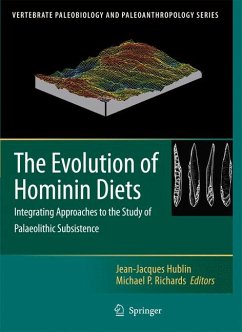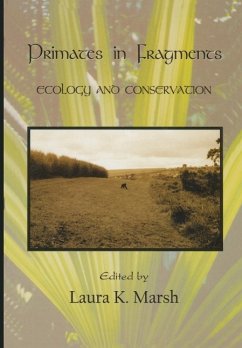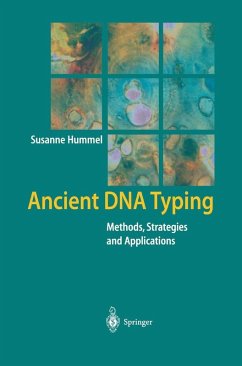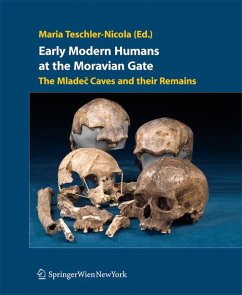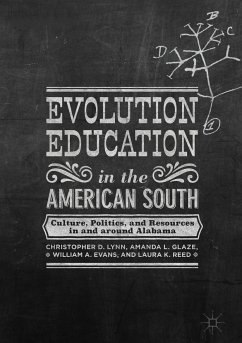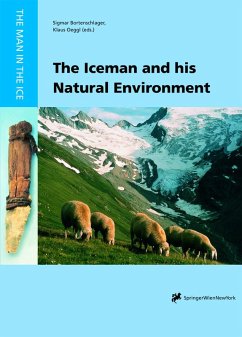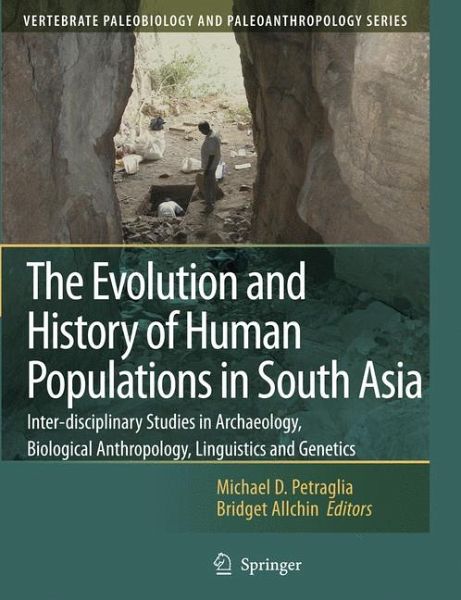
The Evolution and History of Human Populations in South Asia (eBook, PDF)
Inter-disciplinary Studies in Archaeology, Biological Anthropology, Linguistics and Genetics
Redaktion: Petraglia, Michael D.; Allchin, Bridget
Versandkostenfrei!
Sofort per Download lieferbar
40,95 €
inkl. MwSt.
Weitere Ausgaben:

PAYBACK Punkte
20 °P sammeln!
South Asia is home to a diverse range of prehistoric and contemporary cultures that include foragers, pastoralists, and farmers. In this book, archaeologists, biological anthropologists, geneticists and linguists are brought together in order to provide a comprehensive account of the history and evolution of human populations residing in the subcontinent. A wide range of topics and issues are addressed in this book, including hominin adaptations, behaviours, and dispersals; the origin and spread of food producing economies; and the cultural, biological and genetic relationship of foragers and ...
South Asia is home to a diverse range of prehistoric and contemporary cultures that include foragers, pastoralists, and farmers. In this book, archaeologists, biological anthropologists, geneticists and linguists are brought together in order to provide a comprehensive account of the history and evolution of human populations residing in the subcontinent. A wide range of topics and issues are addressed in this book, including hominin adaptations, behaviours, and dispersals; the origin and spread of food producing economies; and the cultural, biological and genetic relationship of foragers and settled communities. New theories, methodologies and interpretations presented in this book are bound to have a profound effect on the way in which the cultural record of South Asia is perceived and how this evolutionary history relates to events in the wider world.
Dieser Download kann aus rechtlichen Gründen nur mit Rechnungsadresse in A, B, BG, CY, CZ, D, DK, EW, E, FIN, F, GR, HR, H, IRL, I, LT, L, LR, M, NL, PL, P, R, S, SLO, SK ausgeliefert werden.




